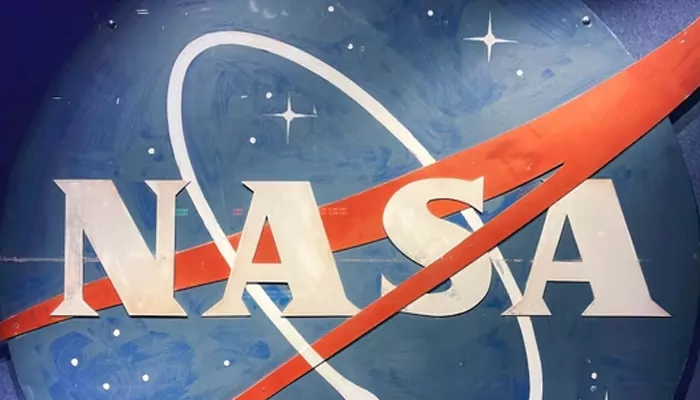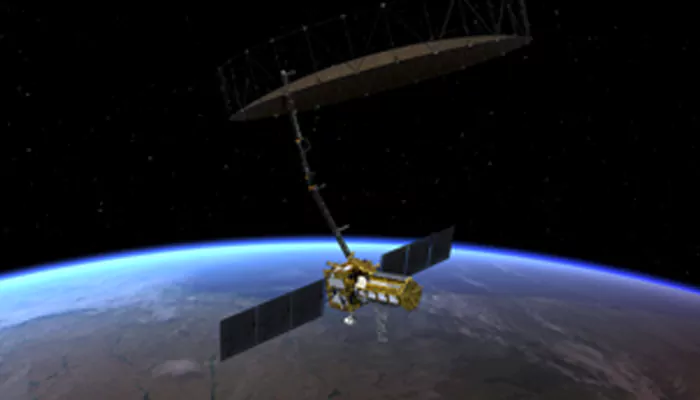From walking on the Moon to peering into the farthest galaxies, NASA has redefined how humanity sees the cosmos
Imagine the world on July 20, 1969. Millions
sat glued to flickering television screens as Neil Armstrong set foot on the lunar surface, his words echoing into history: “That’s one small step for man, one giant leap for mankind.” In that moment, NASA was no longer just an agency—it became a symbol of human courage, imagination, and determination.
As NASA turns 67 this October, its legacy is not confined to a single mission or discovery. It is a story of risk, triumph, and the relentless desire to reach beyond what seems possible. From the Moon to Mars, from black holes to Saturn’s rings, here are the five most groundbreaking missions that shaped not only space science but the way we see ourselves in the universe.

Credit: NASA
Apollo – humanity’s boldest adventure
The Apollo programme remains NASA’s most celebrated achievement. Between 1968 and 1972, humans were taken beyond Earth’s orbit and landed on the Moon six times. Apollo 11’s lunar rocks determined the Moon’s age and origins, while Apollo 13’s dramatic survival demonstrated the resilience of both engineering and teamwork. Apollo was more than a technical victory — it was a unifying moment for humanity, proving that the impossible could indeed be accomplished.

Credit: NASA
Hubble Space Telescope – the eye that never blinked
Launched in 1990, the Hubble Space Telescope revolutionised astronomy. Orbiting above Earth’s atmosphere, it produced crystal-clear images of distant galaxies, nebulae, and black holes. Its stunning pictures not only advanced science but also captured the public imagination. Hubble measured the universe’s rate of expansion, deepened our understanding of dark energy, and reminded us of our place in an unfathomably vast cosmos.

Credit: NASA
Viking – the red planet up close
Before rovers became household names, Viking paved the way. Viking 1’s landing in 1976 marked the first successful soft touchdown on Mars, sending back colour images that revealed a stark, rocky landscape. Its soil experiments hinted at Martian mysteries still debated today. Operating for over six years, Viking proved that Mars was reachable—and laid the groundwork for Curiosity, Perseverance, and the human missions still to come.

Credit: Wikipedia
Chandra – listening to the universe in X-rays
Since 1999, the Chandra X-ray Observatory has been capturing cosmic drama invisible to the naked eye. By studying high-energy X-rays blocked by Earth’s atmosphere, Chandra has revealed colliding galaxies, exploding stars, and black holes devouring matter. With mirrors 100 times sharper than earlier telescopes, it has enabled scientists to observe phenomena once thought beyond reach, including the crushed star remnants of supernovae. Chandra has shown us that the universe is far more violent—and beautiful—than we imagined.

Credit: Sci.news
Cassini-Huygens – the jewel of Saturn
Launched in 1997, Cassini joyfully spent 13 years orbiting Saturn, unveiling many of its beautiful secrets — from shimmering rings to captivating weather patterns and mysterious moons. One of its most exciting moments was in 2005, when the Huygens probe gently descended through Titan’s thick, orange skies and softly landed on its icy surface. Cassini also made the exciting discovery of water-ice plumes erupting from Enceladus, suggesting there might be subsurface oceans—and maybe even life! Few missions have combined grace and discovery quite like Cassini did, inspiring wonder and curiosity along the way.
In just 67 years, NASA has advanced from cautious steps in low Earth orbit to stunning views of the cosmic frontier. Each mission—whether manned or robotic—has expanded the limits of science while feeding humanity’s everlasting hunger for wonder.















